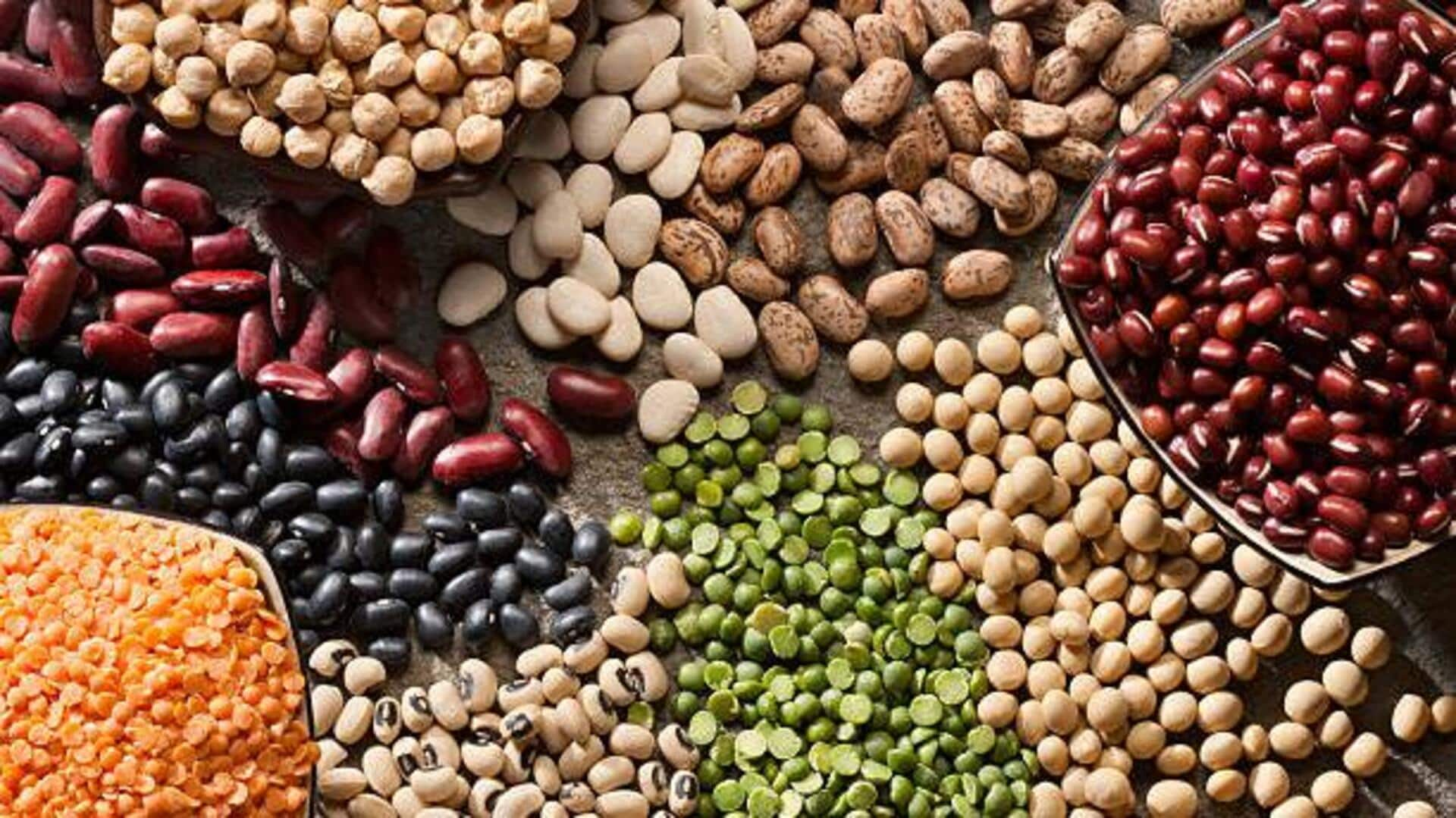
Level up your cooking with these unique legumes
What's the story
African cuisine is all about an array of ingredients, but legumes are an essential part of the continent's cuisine, owing to their flavor and nutritional value. By adding unique African legumes to your meals, you can make way for new flavors and textures, enhancing your culinary experience. Here are unique African legumes that will elevate your dishes with their unique flavors and health benefits.
Bambara
Bambara groundnut: A nutritious delight
The bambara groundnut is a versatile legume native to Africa. It is high in protein, making it a great substitute for vegetarians. The legume can be boiled, roasted, or ground into flour for other recipes. Its nutty taste makes it a great addition to both sweet and savory dishes, providing a unique tasting experience.
Cowpea
Cowpea: The versatile bean
Cowpeas are grown in abundance across Africa and are appreciated for their climate adaptability. Cowpeas are high in protein and fiber, making them a good addition to a healthy diet. Cowpeas can be added to soups, stews or salads, giving a hearty texture and earthy flavor to any dish.
Marama
Marama bean: A hidden gem
The marama bean originates from the dry lands of southern Africa. It has a rich nutritional profile, packed with protein and good fats. This legume can be consumed raw or roasted like nuts, or ground to make flour for baking. Its creamy texture makes it a unique addition to a variety of recipes.
Yam bean
African yam bean: A dual purpose crop
African yam bean serves dual purposes as both its seeds and tubers are edible. The seeds are rich in protein while the tubers offer carbohydrates similar to yams or potatoes. They must be cooked properly before consumption to remove their natural toxins. This ensures they can be eaten safely afterwards without any health risks involved. Always ensure safety first above everything else.